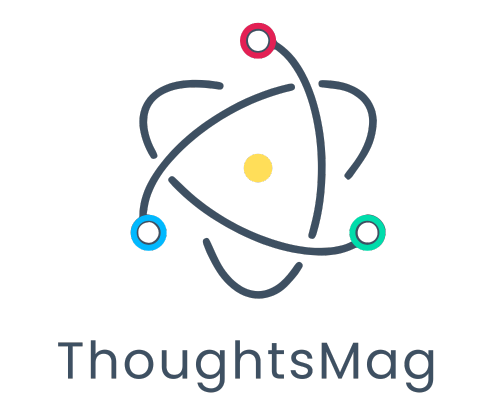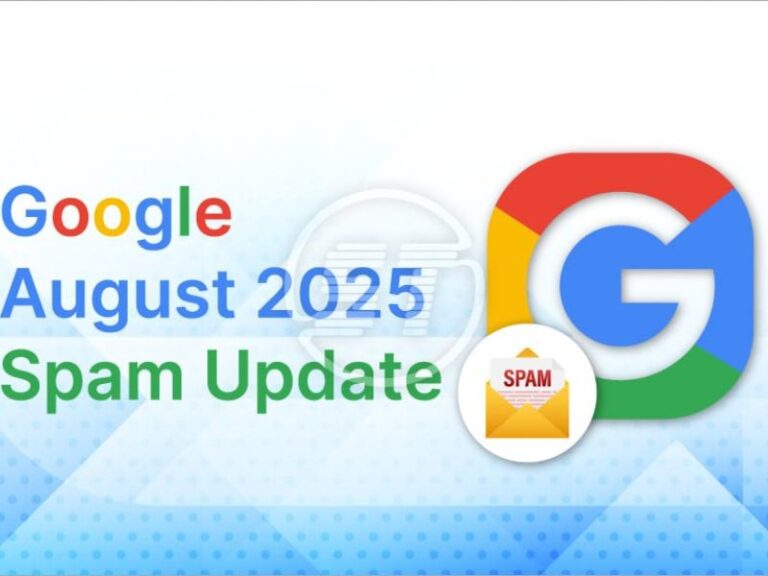In today’s fast-paced tech landscape, learning how to vibe with code—known affectionately as vibe coding—is a game-changer. Whether you’re crafting music apps, creating AI-driven chatbots, or coding immersive experiences, mastering vibe coding is now easier than ever thanks to Lovable AI. As a beginner, you may wonder how to start, what tools to use, or how to stay consistent. That’s exactly where this guide steps in.
Let’s dive into 10 lovable AI tips designed to help you master vibe coding in the most fun and effective way possible.
What Is Vibe Coding?
Before we get to the tips, let’s define the term. Vibe coding is the creative and expressive side of programming where design, rhythm, user emotion, and seamless experience meet technology. It’s coding with style, sensitivity, and personality. Essentially, it’s about making your software feel good.
Now, when we introduce Lovable AI into the mix, we’re talking about artificial intelligence that enhances user experience by learning emotional cues, adapting tone, and delivering results that feel human.
Why Lovable AI Is Essential for Vibe Coding
You might ask, “Why focus on Lovable AI instead of just AI?” The answer is simple. Lovable AI isn’t just about performance. It’s about interaction, emotion, and empathy. As a beginner, learning how to integrate this AI makes your projects more intuitive, personal, and ultimately more successful.
1: Understand the Emotional Spectrum of Lovable AI
Before diving into code, you must grasp how Lovable AI interprets emotions. It’s more than sentiment analysis. It’s tone detection, empathy simulation, and even personality modeling.
-
Use open-source emotion datasets like GoEmotions to train your AI models.
-
Leverage transformer models like Chat GPT, BERT, or LLaMA that support emotional nuance.
Pro Tip: Pair this with vibe coding by tailoring app responses to users’ mood—be it via color shifts, animations, or personalized messages.
2: Start Small With AI-Powered Chatbots
Chatbots are perfect for beginners. They’re easy to build and offer ample space to practice Lovable AI techniques. Begin with simple natural language processing (NLP) models and gradually add emotional intelligence.
-
Try platforms like Rasa or Dialogflow for quick deployment.
-
Train your chatbot to recognize positive, neutral, and negative tones.
-
Add humor, emojis, or reactions to increase the lovable quotient.
Transitioning into real-time interactions, even with simple code, builds foundational confidence.
3: Use Transition Words in Your AI’s Response Design
One secret to mastering Lovable AI? Mimicking human communication. Transition words like “however,” “moreover,” “meanwhile,” and “on the other hand” give your AI conversational flow.
Why does this matter in vibe coding?
-
Users feel like they’re talking to a real person.
-
Your app’s personality becomes more refined.
-
It boosts user engagement significantly.
Even though it’s a small change, it’s one that makes a huge difference.
4: Leverage Music & Rhythm to Reinforce Emotion
Coding with a vibe often includes music. Use Lovable AI to match soundscapes to user behavior. For example, calm music during onboarding or upbeat tunes when users complete tasks.
-
Use libraries like Magenta.js or Jukebox by OpenAI.
-
Match BPM (beats per minute) to user mood or in-app tempo.
-
Code smart fade-ins and transitions for seamless audio delivery.
Additionally, adding subtle audio cues for feedback (e.g., a soft ding for success) creates an emotionally rewarding UX.
5: Train Your Lovable AI to Say “No” Kindly
A vital part of making your AI lovable is how it handles rejection or error messages. Too often, AI can seem robotic or cold.
Here’s how to improve that:
-
Use soft, empathetic phrases.
-
Offer alternatives or links for help.
-
Inject personality, like humor or compliments.
Example:
Instead of: “Error: Invalid input.”
Try: “Oops! That didn’t vibe quite right. Want to try something else?”
This transforms frustration into a moment of delight.
6: Use Color Theory in Vibe Coding
While not directly AI, color coding in UI/UX powered by LovableAI can heighten emotional connection. Lovable AI models can learn to adjust themes based on user interaction or preferences.
-
Use sentiment analysis to trigger warm tones when users are happy.
-
Use calming colors when users seem frustrated.
-
Offer customization to encourage user expression.
Tools like TensorFlow.js allow these changes to be dynamic and responsive.
7: Integrate Ethical Considerations from the Start
Vibe coding and Lovable AI must be built on trust. Your AI shouldn’t manipulate emotions for engagement. Instead, it should support emotional well-being.
Always ask:
-
Is this response helpful or just persuasive?
-
Are we protecting user data with empathy?
-
Are we avoiding bias in emotional recognition?
A lovable AI is an ethical AI. Being mindful early on prevents future issues and builds user loyalty.
8: Use Lovable AI to Personalize Onboarding
First impressions matter. Use AI to personalize onboarding sequences based on user inputs, mood, or location. Even subtle touches like using their name, suggesting features based on behavior, or adjusting tone can feel magical.
-
Use A/B testing to measure what feels most lovable.
-
Add user preferences to a lightweight profile system.
-
Let the AI adjust pace, text complexity, or even visuals based on emotional input.
This vibe-first approach shows users you care right from the start.
9: Build Your Own Lovable AI Toolkit
Every beginner should assemble a toolkit tailored to their coding style. Here’s a starter pack for Lovable AI:
-
Emotion Libraries: Affectiva, DeepMoji
-
NLP APIs: OpenAI GPT, Cohere, Google BERT
-
Voice + Tone Modifiers: ElevenLabs, Descript
-
UX Tools: Framer Motion, Lottie Animations
-
Color + Emotion API: Colormind or Emotion-CSS
Although there are many tools available, choose ones that resonate with your vibe. You’ll work faster and more creatively.
10: Make It Fun – Gamify Your AI’s Development
You’re more likely to master vibe coding if you enjoy the process. Add challenges to your AI’s training. For instance:
-
Can it cheer you up after a sad message?
-
Can it recognize sarcasm?
-
Can it switch tones mid-conversation?
Gamifying your learning process keeps motivation high and makes you more fluent in using Lovable AI. It’s not just about the final app—it’s about enjoying the journey.
How Lovable AI Is Shaping the Future of Code
As we move into a world where AI is embedded in everything—from refrigerators to cars—Lovable AI stands out. It’s not just about function. It’s about forming digital relationships.
Vibe coding teaches you to value creativity, emotion, and empathy—skills that will dominate the next era of software development.
And best of all? You don’t need to be a senior engineer to start. Beginners like you are leading the charge with fresh, expressive ideas.
Final Thoughts:
You’ve just explored 10 powerful tips to master vibe coding using Lovable AI. Let’s recap them quickly:
-
Understand emotional AI.
-
Start small with chatbots.
-
Use transition words effectively.
-
Integrate music and rhythm.
-
Handle errors empathetically.
-
Apply color theory dynamically.
-
Prioritize ethical coding.
-
Personalize user onboarding.
-
Build a tailored toolkit.
-
Gamify your development process.
Vibe coding isn’t just another tech trend—it’s the heart of future-forward app design. By embedding Lovable AI into your work, you’re not only building apps. You’re creating experiences people remember, talk about, and fall in love with.
So open that code editor, plug in your favorite playlist, and start building something lovable today.
FAQs About Lovable AI and Vibe Coding
1. What makes an AI “lovable”?
It is emotionally intelligent, empathetic, and user-focused. It responds with warmth, adapts tone naturally, and creates a positive interaction experience.
2. Do I need coding experience to start vibe coding?
Not necessarily. Many tools today offer low-code or no-code solutions. But learning basic JavaScript, Python, or HTML/CSS can give you greater control.
3. Can I use Lovable AI for non-technical fields?
Absolutely. Writers, marketers, designers, and musicians can all benefit from Lovable AI to enhance user experience and emotional connection.
4. How long does it take to master vibe coding?
While mastery takes time, you can start building basic Lovable AI experiences within a few weeks using the right tools and guidance.
5. Is vibe coding only for apps and websites?
Not at all. It can be used in AR/VR, robotics, games, education, health, and even physical installations where user interaction is key.






